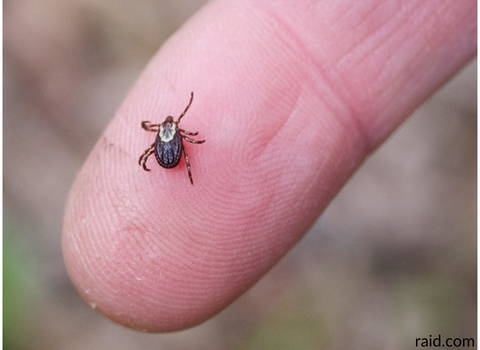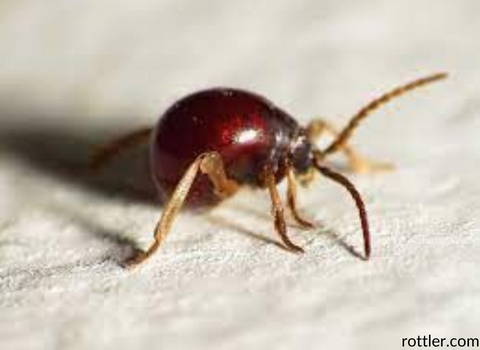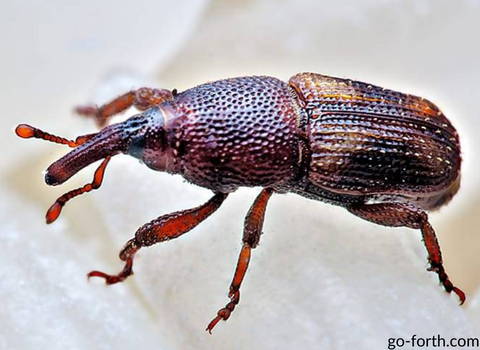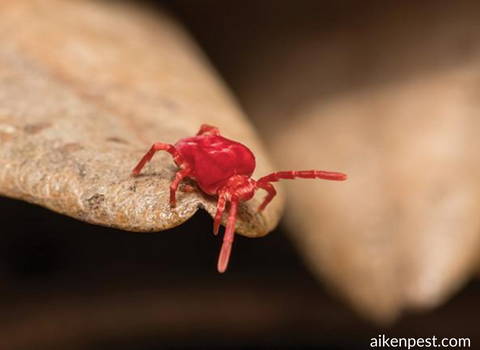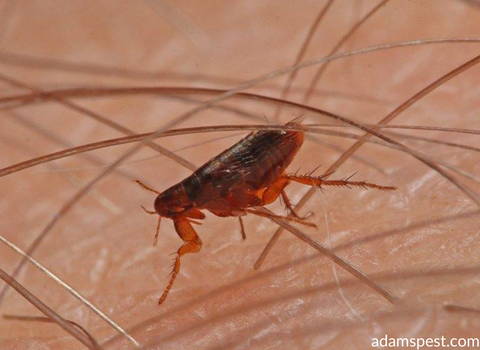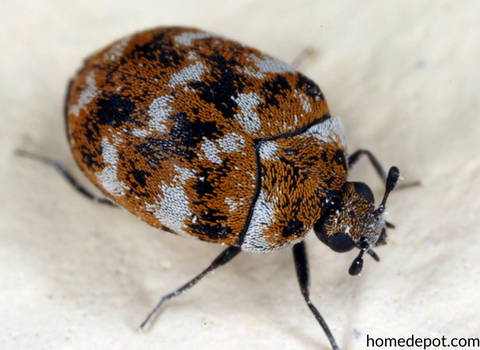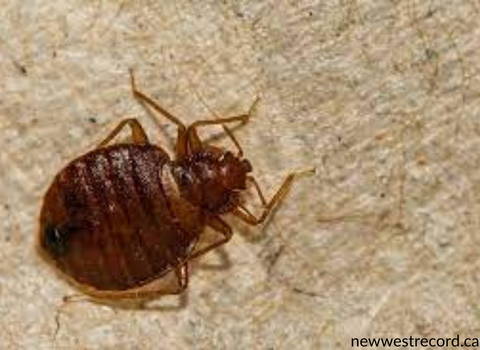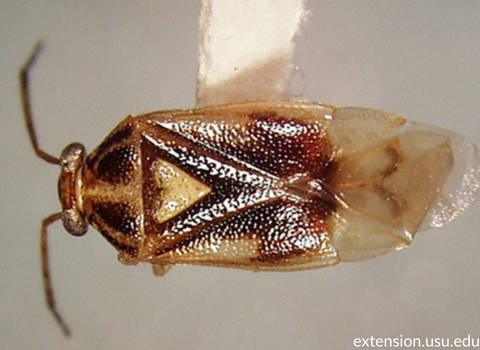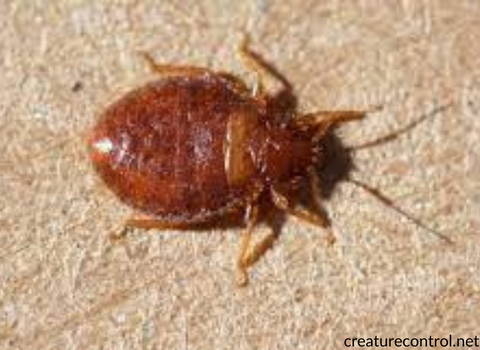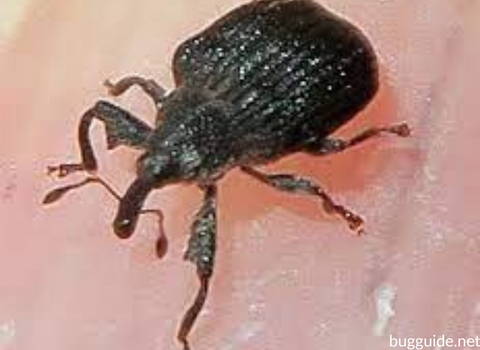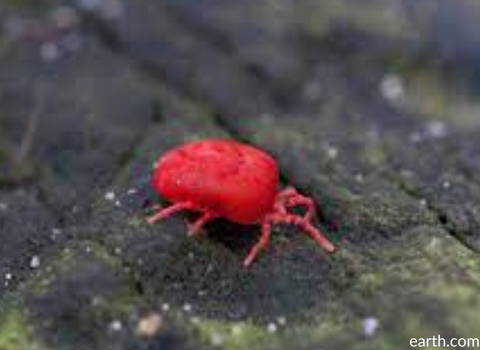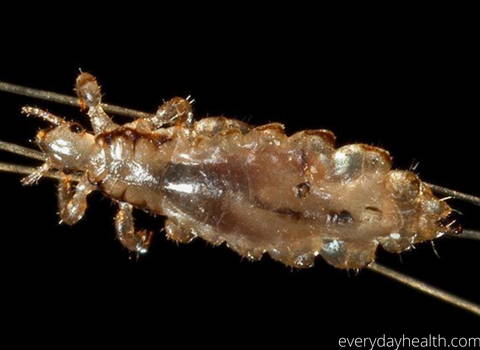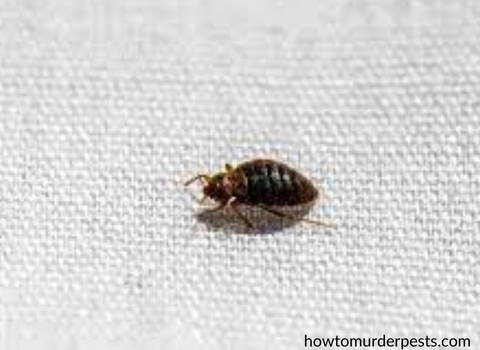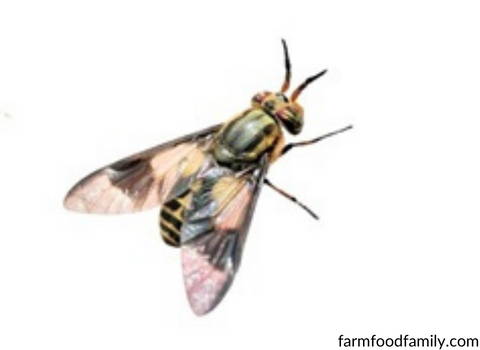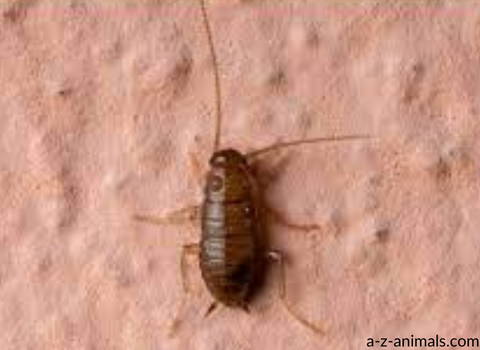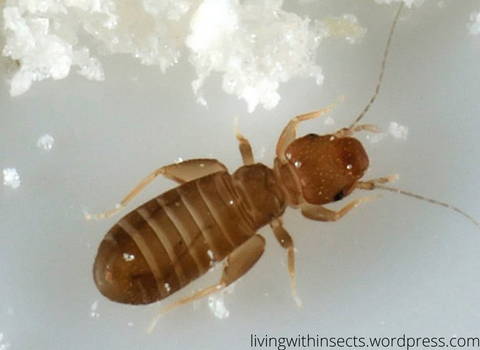Bugs That Look Like Ticks: How to Differentiate Other Bugs from Ticks
Ticks are tiny creatures that are native to Midwest and North America and Canada as well as across Europe. They live and thrive in the ground and on leaf piles. Ticks are usually active during spring and summer, but they can survive throughout the year.
And during fall and winter, they may intrude in your home in search of a warmer place to niche in. However, these blood-sucking parasites carry diseases such as Lyme disease and Rocky Mountain Spotted Fever.
Different Bugs that May Be Mistaken as Ticks
There are more than 800 species of ticks that are found worldwide. Many species feed on birds, larger mammals, and rodents, but the ticks usually found in the U.S. are the dog tick and deer tick.
They love warm weather, so expect them to come out during this time. However, not all bugs that look like ticks are bloodsuckers.
For instance, the brown marmorated stink bug, clover mites, and poplar weevils are bugs that look like ticks. Since they look alike, how do you tell them apart? Get to know below:
Spider Beetle
These tiny insects are completely harmless to humans. Spider beetles resemble small spiders and have six legs plus two extensions near the head. Since the extensions resemble legs, a lot of people think that they are spiders.
The American Spider Beetle, also known as the Mezium Americanum, is the most prevalent type of spider beetle in North America. Smooth spider beetles and white-marked spider beetles are also common in this area.
Spider beetles have round bodies with a smooth outer shell or carapace that contributes to their spider-like exterior. These insects are not considered serious pests but with the right environment, they can multiply and eat a large amount of food.
You may find them in restaurants, food preparation establishments, hospitals, hotels, retail outlets, or other areas with a roomy kitchen. The spider beetle may also be transported and end up inside your home. They can hide in cupboards and pantries, or other places where you keep your food.
Weevil Beetles
Weevil beetles pertain to the common weevil that has three body regions, short pair of antennae, and six legs. With these features, it is easy to differentiate them from ticks especially when you examine them under a microscope.
On the other hand, large adult ticks would have two body regions and eight legs. Plus, they have no antenna. Weevil beetles do not harm humans.
Clover Mites
These bugs that look like ticks do not pose any serious harm to humans because they only feed on plants, clover, weeds, and grass. Clover mites do not bite. During the autumn, after feeding on plants, they invade abodes in large numbers.
Moreover, the clover mite leaves behind red stains when crushed. The stains of the clover mite are noticeable on light materials like pillows, rugs, and curtains. That is why you should vacuum these bugs instead of crushing them.
Brown Marmorated Stink Bugs
This invasive species of stink bug was first recognized in the city of Allentown in Pennsylvania in 2001. Brown marmorated stink bugs have a pungent odour and are known for being a yearly nuisance because they gather in massive quantities on the side of buildings and homes during the late autumn.
These marmorated stink bugs enter buildings to survive the chilly winter months. It is believed that the brown marmorated stink bug first arrived in the U.S. in a shipping container that came from Asia.
Fleas
Fleas have a reddish-brown body and are prevalent in places with animals or pets. It is one of the bugs that look like ticks due to their itchy bites. However, fleas are completely different from bed bugs when it comes to shape and size.
Fleas are only 1/8" in size and have a laterally flattened and segmented body. Visit your doctor if you think that a flea has bitten you. Like other insects or bugs, fleas can carry life-threatening diseases.
Carpet Beetles
Like clothes moths, carpet beetles feed on carpets and other items that contain leather, feathers, wool, silk, and felt. These materials have keratin, a stringy animal protein that the larvae can digest.
Carpet beetles rarely attack cotton, rayon, polyester, and other synthetic fabrics unless they have wool or are stained with body oils or foot stains. A carpet beetle can go undetected and harm vulnerable items. By the time you notice them, it might be too late.
Bed Bug
The population of bed bugs declined after the Second World War because of the prevalent use of Dichlorodiphenyltrichloroethane or DDT, but they have recently made a comeback in America and other parts of the globe due to varied factors such as global travel, loss of attentiveness practiced in the past years, and less effective insecticides.
Regardless of the reason, bed bug infestations are common in schools, shelters, apartments, homes, hotels, and dormitories. Bed bugs can also thrive in municipal buildings, hospitals, libraries, nursing homes, theatres, and offices. They can invade public transportation too because bed bugs are usually found in places where there are people.
Harlequin Bug
This bug is vaguely related to the Colorado potato beetle. It belongs to the stink bug family and is included in the Coreidae family with hard forewings. The nymphs of the harlequin cabbage bug are wingless and have a dark colour. Compared to ticks that have eight legs, cabbage bugs have six dark legs.
The adult female harlequin bug has wings and an elongated or oval-shaped body. Their stink glands can be found underneath their legs. This trait of the Harlequin cabbage bug is not present in ticks. Harlequin cabbage bugs have forward-pointing snouts and red and black eyes. The antenna of the Harlequin cabbage bug is also shorter than its body.
Ash Plant Bugs
Ash plant bugs are sap-sucking pests that feed on ash trees. They suck the sap, causing the leaves to turn brown and wilt. Ash plant bugs have a close resemblance to deer ticks although they are not true ticks.
It is difficult to spot as ash plant bug with your naked eye because they are too tiny. Unlike ticks, the ashplant bug does not pose harm to humans. However, they are easily confused with ticks because of their black colouring and round shape. If you cannot tell them apart, see if they have an antenna and six legs.
Bat Bugs
The bat bug looks like a bat. They are usually found in caves, but they also love nesting in attics. Bat bugs feed on bats and live in colonies. They often invade homes located behind walls or in attics. Bat bugs have an elongated tube-like mouth and hairy thorax. Moreover, they are smaller than bed bugs.
Poplar Weevils
If you find scattered holes in poplar trees, it could be a sign that your backyard is infested with poplar weevils. These bugs are known for their snouted nose and metallic green body. They have reddish-brown wings that grow at 0.25" long.
Poplar weevils are true pests because they weaken the branches and cause the tree to die. Unlike ticks, poplar weevils are capable of flying. They do not feed on human blood or bite humans.
Chiggers
The chigger is not a mite. It is also called harvest mite and is closely related to ticks, scorpions, and spiders. The chigger is primarily red and is less than one millimetre long. They have small, oval-shaped bodies, which is why they are also called red bugs.
Chigger mites are semi-translucent parasitic arachnids with a reddish-brown body. They are easily distinguished from ticks and other arachnids by their oval-shaped body and six legs. If you are visiting a place with tall grass, wear sandals and shorts to avoid chigger bites.
Head Lice Bugs
The head louse is a tiny insect that feeds on the blood of its host. It is wingless and usually lives in human hair and bird feathers. Like ticks, the head louse can be seen with the naked eye.
It is two millimetres long and unlike ticks that carry harmful diseases, the head louse is not a carrier of life-threatening diseases. The head lice bugs have a soft semi-translucent body that is creamy-yellow. Ticks, on the other hand, have hard exoskeletons.
Swallow Bugs
Swallow bugs are tiny insects that look like ticks. They are prevalent in Central America and the United States. Swallow bugs look like soft ticks that are wingless. They also closely resemble adult ticks. However, they have a flatter body compared to the oval-shaped bodies of ticks.
Swallow bugs breed in the summer and often invade homes to feed on human blood. Some types of swallow bugs look like the common bed bug. But unlike bed bugs that have reddish bodies, swallow bugs have a grayish-brown colour. The swallow bug and bed bugs can survive without eating anything for weeks.
Deer bloodsuckers
Deer bloodsuckers resemble many insects such as flies, fleas, and ticks. These are hardy-biting bugs with firm claws, powerful bodies, and fleshy legs. They are known for having translucent wings. Their limbs also come in three pairs. Deer bloodsuckers live in woodlands and feed on trees and shrubs.
They usually infest wild animals like deer, elks, and cattle. Deer bloodsuckers and ticks feed on human blood when they no longer have enough food in their original habitat. Like the dreaded tick, deer bloodsuckers could carry life-threatening diseases such as Lyme disease.
Cockroach Nymphs
The cockroach nymph looks like a small worm. It is white and spends most of its time hiding under floorboards and in cracks. Cockroach nymphs are the cockroach family’s babies and have a lighter colour than the adult. That is why these bug nymphs are also called brown-banded cockroaches.
The nymph is less than three millimetres grow and their colour darkens as they grow older. Like ticks, cockroach nymphs have a weird appearance when they are newly hatched.
Booklice Bug
These bugs infest books and mainly feed on paper cellulose. Booklice bugs are also called Psocids and can be found in books that have been stored for a long time. These bugs have a light colour, but they can have a dark colouring when they eat binding glue. These bugs also feed on decaying matter, fungi, and algae.
Importance of Identifying Ticks from Other Bugs in Your Home
These are only some of the bugs that look like ticks. It is a good idea to learn more about them and their life cycle so that you can prevent an infestation in your home. You can also find light brown ticks with brown heads.
If you suspect that you have a tick bite or tick infestation, you can use products against ticks and follow the instructions on the label carefully. In case, the infestation gets worse, you should call the right professionals immediately.
Some products we recommend against ticks are following:


